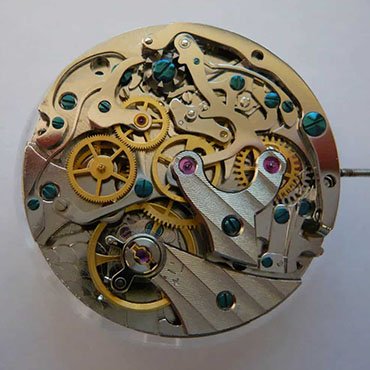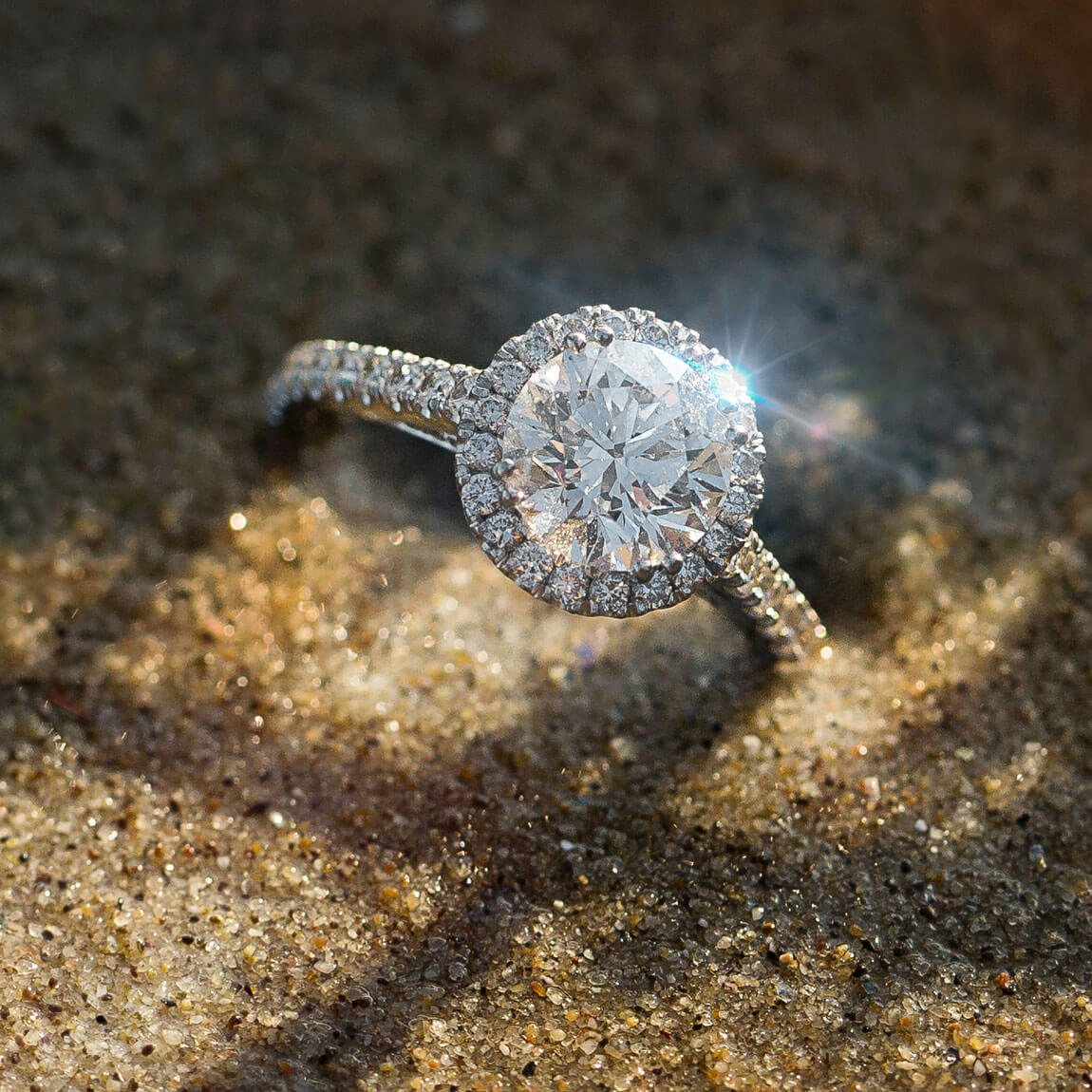Automatic Watch Movements Explained
If you’ve been looking into watches, it’s likely you’ve come across the term ‘automatic’ to describe their movement. But what exactly does this mean? Well, we’re here to explain all you need to know about automatic watches.

What does an automatic watch movement mean?
An automatic watch falls within the category of mechanical timepieces. They are sometimes called self-winding watches.
Essentially, automatic is used to describe the way in which the watch is powered. Unlike quartz watches, which are battery powered, and manual watches, which need to be wound by hand, automatic watches use the natural motions of the wearer’s arm to power the timepiece.
How do automatic watches work?
An automatic watch movement is the result of many different components which sit inside the watch, and can often be seen through the case back of many models. These components all work together to turn the kinetic energy created by the wearer moving their wrist into a power reserve that can cause the watch to tick.
These components include a rotor, mainspring, crown, gear train, escapement, balance wheel, dial train and jewels or bearings.
The rotor is able to oscillate freely, meaning that when a wearer moves their arm, the rotor spins. This motion then winds the mainsprings, creating energy which they store.
When required to power the watch, energy is released from the mainsprings and travels via the gear train, which is responsible for moving the hands and any other components on the dial.
Rotors also have a clutch-like system that is activated when the mainspiring has been fully wound. This prevents it from being wound any more to avoid wear and tear.
What are the origins of the automatic watch movement?
It’s clear that an automatic watch movement is a complicated mechanism. And much like the mechanics, its history is just as ambiguous.
It’s unclear who exactly can be credited for the invention of the automatic movement. It is believed that Abraham-Louis Perrelet is the genius behind it, having invented the technique in the 1770s and used it to power timepieces for up to eight hours.
However, it wasn’t until 1778, when a French inventor named Hubert Sarton developed an automatic timepiece, that the watches became popular among everyday wearers. Sarton claimed that Perrelet took inspiration from his designs.
Inventor aside, these first automatic movement innovations had been used in pocket watches. But during WWI, these types of watches became unfavoured and were replaced by wristwatches.
When it comes to automatic wristwatches, then, the credited inventor is John Harwood, a watch repairer from England. He was the first to mass-produce watches with an automatic movement.
Once watches had been on the market for some time, other reputable brands began further developing the automatic movement. This included additional weights and ball bearing systems that improved the power reserve and made watches more accurate and precise at time keeping.
The result of this has enabled automatic watches to become some of the most popular on the market, with very few manufacturers still producing manual ones. And because of the complexity of the movement system, automatic watches are afforded a higher price tag.
What are the benefits of an automatic watch movement?
Not only is it the complexity of the system that allows brands to charge a higher price for automatic watches, the way they move generates a number of benefits to wearers, which can also explain the premium pricing.
As many brands have been manufacturing automatic watches for some time now, they have really been able to hone their developments and create watches with exceptional performance.
For example, automatic watches are incredibly accurate. Today, standard watches in this category only gain or lose 25 seconds per day. While this is better than good enough as is, those with a chronometer certification deviate only 4 - 6 seconds a day.
Automatic watches also tend to have a higher beat per second. This means they have a faster ticking motion, which not only makes them more accurate and precise, but it also enables the second hand movement to appear smoother. And a seamless sweeping motion is one of the telling factors of a high-quality watch.
The automatic watches available today also have much longer power reserves than the initial models. In some instances, it can be days before a watch requires more power. But, this brings us onto the next question, how much movement does an automatic watch need to be powered?
How much movement does an automatic watch need to be powered?
While there’s no specific amount of time, most watches, if worn for up to 8 - 10 hours a day, will store enough energy to keep an automatic system ticking.
Of course, a wearer won’t necessarily be moving their wrist for this whole length of time, which is why it is a general guidance, rather than a figure that is set in stone.
If worn daily, or regularly, a wearer should have no issues with a watch losing power. However, if left unworn for longer and all stored energy has been used, there are a few simple tricks to get the watch moving again.
First, you can simply put the watch on and go about your day, allowing your natural movement to create enough energy to restore its power. Although, you should remember that the time and date will need correcting once the watch is working again.
Alternatively, you can shake the watch gently with the dial facing upwards, or, just spin the crown.
What are the best automatic watches?
Automatic watches are some of the most popular on the market. Therefore, most big name brands are producing timepieces in the category, all in different designs, styles, with additional functions and at various price points.
If you’re looking for a watch to add to your collection, check out the range of automatic watches available at Wallace Allan. We stock automatic watches from well known luxury brands such as Omega, Tag Heuer, Longines, Oris, Gucci and many more!

